Tens of thousands fled their homes Friday as fierce border clashes between Thailand and Cambodia entered a second day, raising fears of a wider conflict.
The U.N. Security Council was set to hold an emergency meeting later Friday in New York. Malaysia – chair of the regional bloc ASEAN – called for an immediate cease-fire and offered to mediate.
Thailand’s Health Ministry reported that more than 58,000 people had taken shelter in temporary camps across four border provinces. Cambodian officials said over 4,000 people had evacuated from nearby villages.
At least 14 people were killed in Thailand, including one soldier and 13 civilians, while Cambodia reported its first confirmed fatality Friday. Thai officials said 15 soldiers and 30 civilians were wounded.
Tensions flared after a land mine explosion Wednesday wounded five Thai soldiers near a disputed border area, triggering retaliatory strikes.
The Thai military reported clashes early Friday in several areas, including Chong Bok and Phu Makhuea in Thailand’s Ubon Ratchathani province, Phanom Dong Rak in Surin province, and near the ancient Ta Muen Thom temple. Associated Press reporters near the border heard artillery fire beginning in the early morning hours.
The Thai army accused Cambodian forces of using heavy artillery and Russian-made BM-21 rocket launchers, prompting what officials described as “appropriate supporting fire” in response.
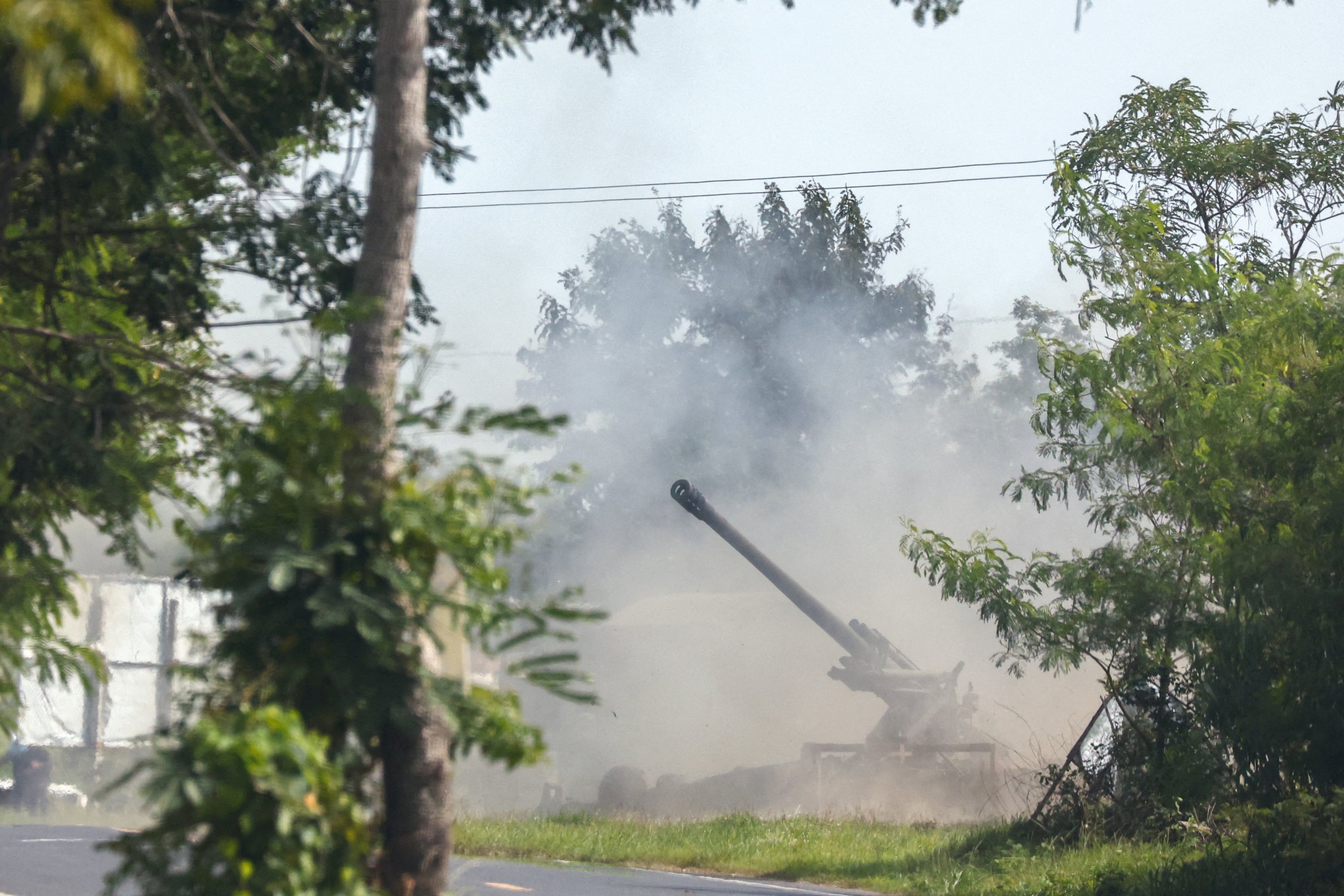
Cambodian authorities said a man died Thursday when a Thai rocket struck a Buddhist pagoda in Oddar Meanchey province, where he had been sheltering. Gen. Khov Ly, Cambodia’s chief official in the province, said at least four civilians were wounded in that attack.
Thailand’s military denied targeting civilian sites and accused Cambodia of using civilians as “human shields” by placing weapons near residential areas.
As fighting intensified, residents on both sides of the border fled.
In Surin province, about 600 people took shelter in a university gymnasium roughly 50 miles (80 kilometers) from the border. Evacuees sat in groups on mats and blankets, queued for food and water, and tried to remain calm.
Pornpan Sooksai, a seamstress, brought four cats in fabric cages. “I just heard, boom, boom,” she said. “We had already prepared the cages, clothes and everything, so we ran and carried our things to the car. I was frightened, scared.”
Another evacuee, Rattana Meeying, said she had also lived through the 2011 clashes between the two countries but called this episode more intense.
“Children, old people – they were hit out of the blue,” she said. “I never imagined it would be this violent.”
At nearby Phanom Dong Rak Hospital, explosions were audible Friday, and a military truck arrived carrying three wounded Thai soldiers, including one who had lost both legs. Thursday’s shelling shattered hospital windows and damaged a roof.
In neighboring Sisaket province, a steady stream of vehicles left as residents evacuated. Meanwhile, across the border in Cambodia, villages near Oddar Meanchey province were nearly deserted. Homes were locked; chickens and dogs roamed the streets.
Some residents had dug makeshift underground bunkers, using wood, tarpaulin and zinc sheets for cover. Families with children were seen packing belongings onto homemade tractors. Several hundred Cambodians took refuge at a remote Buddhist temple surrounded by rice fields, setting up plastic tents under trees while children played nearby.
“I beg both governments to negotiate so I can return to my home and work on my farm,” said Veng Chin, 74.
The conflict marks a rare armed confrontation between two Association of Southeast Asian Nations (ASEAN) members. Thailand has previously clashed with Cambodia over border issues and has had sporadic skirmishes with Myanmar.
Malaysian Prime Minister Anwar Ibrahim said Thursday he spoke separately with Cambodian Prime Minister Hun Manet and Thai Acting Prime Minister Phumtham Wechayachai, urging “peaceful dialogue and diplomatic resolution.” Malaysia offered to help mediate.
U.N. Secretary-General Antonio Guterres also called for restraint and encouraged dialogue, according to spokesperson Farhan Haq.
Border disputes between Thailand and Cambodia are not new. Their 500-mile (800-kilometer) frontier has long been contested, with past confrontations typically short-lived. The last major flare-up in 2011 left 20 people dead.
The current tensions began in May, when a Cambodian soldier was killed in a confrontation. Both sides agreed to de-escalate, but continued to trade threats and impose trade and travel restrictions.
The conflict escalated again Wednesday after a land mine wounded five Thai soldiers. Bangkok responded by withdrawing its ambassador, expelling Cambodia’s envoy, sealing land borders, and urging Thai nationals to leave Cambodia. Officials said all seven Thai airlines were ready to assist with evacuations.
In response, Cambodia downgraded diplomatic ties and recalled its embassy staff in Bangkok.
Clashes broke out Thursday, with both militaries accusing each other of using drones before escalating to rockets and artillery fire. Thailand said its air force conducted two F-16 bombing runs in retaliation.
Cambodia claimed the strikes hit near the Preah Vihear temple – a UNESCO World Heritage Site and flashpoint in past disputes – and released photos of the damage, vowing to pursue international legal action.
The border crisis has also roiled Thai domestic politics. Prime Minister Paetongtarn Shinawatra was suspended from office on July 1 over an ethics probe related to a phone call with former Cambodian Prime Minister Hun Sen, still a powerful figure in Phnom Penh.



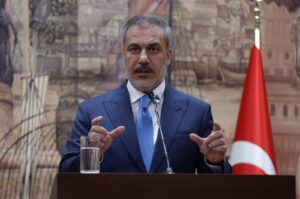



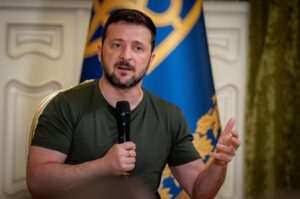



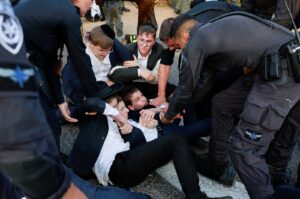
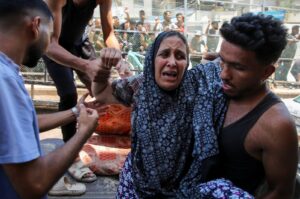
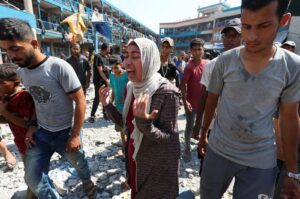
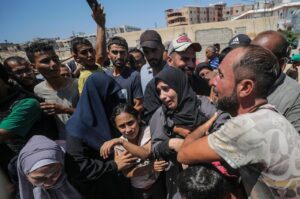

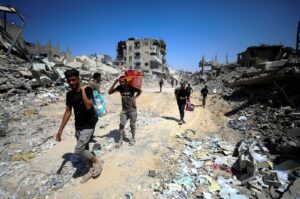
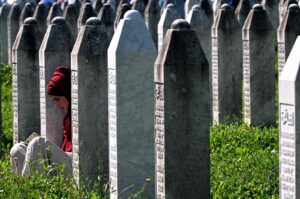

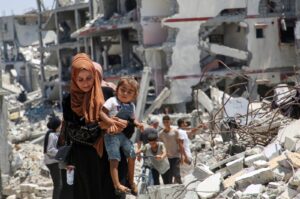
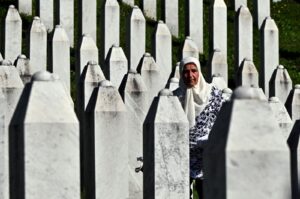
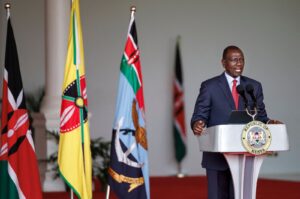
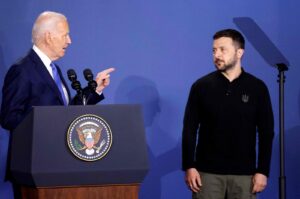
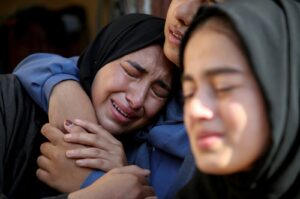
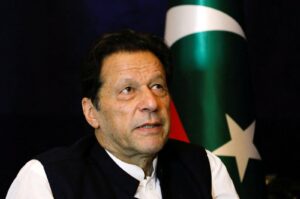
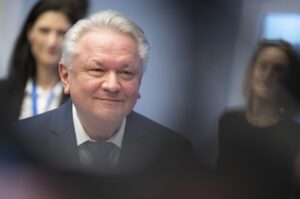
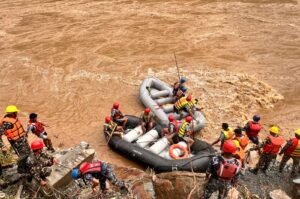
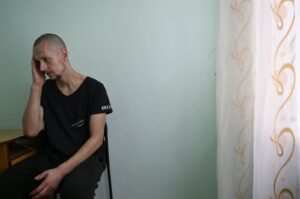
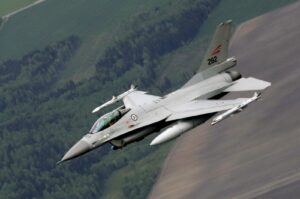
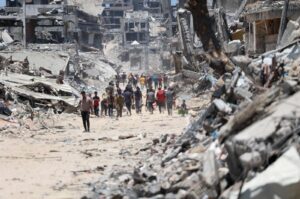
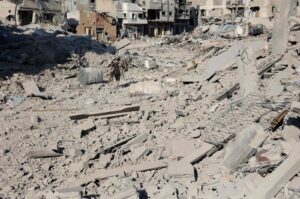
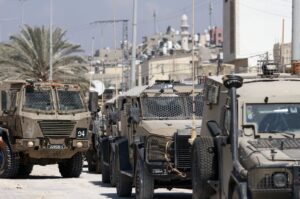
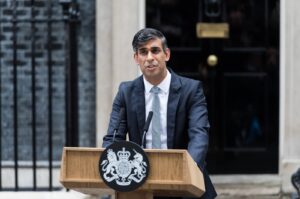
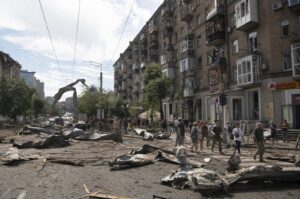

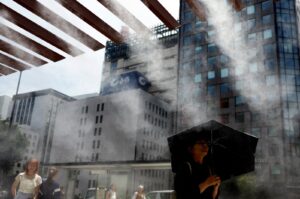

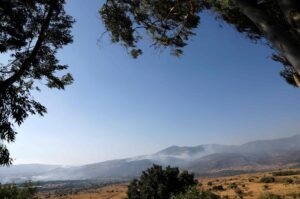



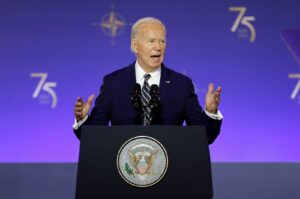


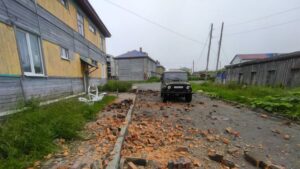
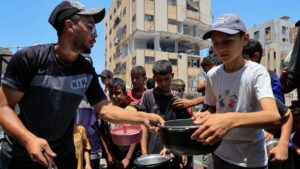
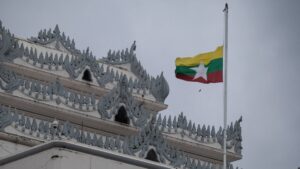
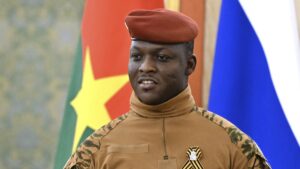



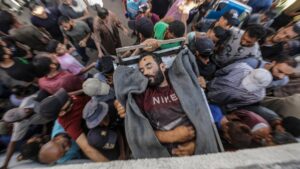
Be First to Comment